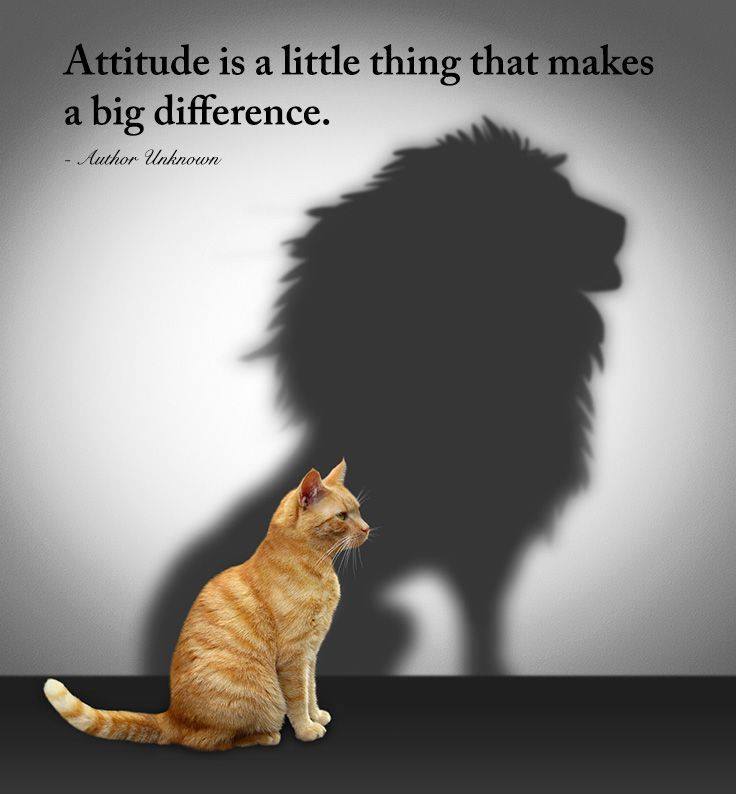
( www.neomundo.com.ar ) Toda persona que ama a las mascotas sabe que son una fuente de alegría y buen humor. Ahora se sabe -a través de investigaciones científicas realizadas en distintas instituciones- que estos simpáticos compañeros son directamente beneficiosos para la salud del poseedor: bajan la presión arterial, ayudan a hacer ejercicio y mejoran la salud mental en los hombres y las mujeres de todas las edades que saben aprovechar y gozar de su compañía.
AdChoices
En la Universidad de Missouri, Estados Unidos, hay un centro médico donde se investiga la interacción entres seres humanos y animales, y el efecto que tiene en cada uno de ellos. "Las investigaciones en esta área están brindando nueva evidencia del impacto positivo que las mascotas tienen en nuestras vidas. Los animales son muy importantes para las personas, especialmente en tiempos de dificultades económicas", dijo Rebecca Johnson, profesora de este Centro.
BUENOS COMPAÑEROS DEPORTIVOS
En 2008 se realizó un programa dirigido a adultos mayores llamado "Saque a pasear a un perro, pierda una libra (500 gramos) de peso y manténganse en forma". Los voluntarios se dividieron en dos grupos: uno de ellos trabajó con perros y el otro con un amigo. Se les pidió que durante tres meses salieran a caminar cinco veces por semana con el perro o el amigo, según les hubiera tocado.
Al analizar los resultados, los científicos vieron que las personas que salieron a pasear con los perros mejoraron su capacidad de caminar en un 28%, es decir que se movían más rápido y con mayor confianza. Aquellos que salieron con un amigo solo mejoraron un 4%.
Al mismo tiempo, se continúa investigando las ventajas de que los niños y adolescentes tengan un animal. Explicaron que todavía hay pocos estudios en esta dirección, pero los que se hicieron encontraron que las mascotas tienen muchos efectos en la salud física y emocional de los más jóvenes.
Por ejemplo, un estudio realizado en la Universidad de Warwick (Gran Bretaña) en 2002 encontró que los chicos que conviven con mascotas cuentan con un mejor sistema inmunológico, es decir que cuentan con mejores defensas frente a las infecciones bacterianas y virosicas.
ANIMALES 360°






